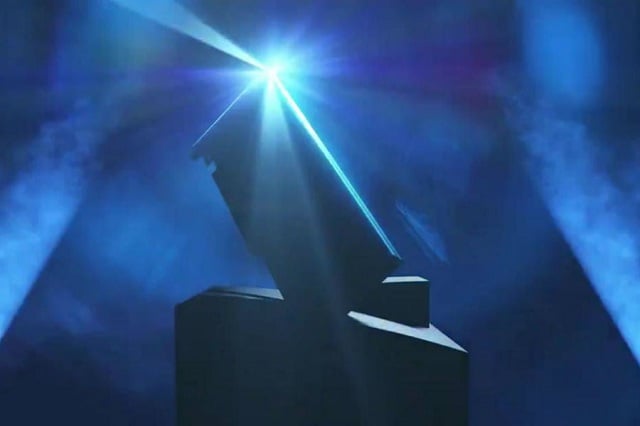Intel has made it clear to the world, it is coming back in to the graphics game. In less then a matter of two years Intel is expected to launch its first add-in graphics card since it released the Intel740 back in the year 1998. Moreover the technology that is being put in to the GPU and the relative performance of the new GPU are still not revealed, but as time goes by little by little the details surrounding the new Graphics card is coming forward to the people. The new GPU will in turn help in providing an alternative to Nvidia and AMD and this will by far be the most important in terms of the events, to ever take place in the .graphics card market.
Well to start off there is still no news on the price of the Intel’s graphic card and moreover Intel has not as yet made it clear, the market segment they are wishing to target and how broad their approach is set to be. It is quite possible that only a couple of models will be released as it looks to provide something new and innovative for the gamers. Intel has moreover made it clear that the graphics card will debut in 2020, and as we move in to 2019 it is only a matter of one maybe 1 and a half years before we get a glimpse of the product. We may however learn more about the upcoming GPU sooner than 2020 though as rumors and reports regarding the said product are starting to make its way on to the people or the potential consumers of such a product. Recent rumors also suggested that Intel was hosting an architectural conference in December 2018 but a tweet from the chief architect on the project made it clear that the said event would not specifically be dedicated to the graphic cards.
Moreover Intel further made its official announcement on the new graphics card technology that it has been working on, Intel has stated that it is .working on a dedicated graphics card which can be a step in to the evolution of the existing efforts. We have been told that the closest and the very first iteration of the graphics card will be based upon the Intel’s Arctic sound which us supposedly the 12th generation graphics architecture and to tell you what this is capable of well the 9th generation architecture includes GPU cores such as the UHD Graphics 630 which can be found in almost everything from the entry-level Pentium Gold to the very powerful Core i7-8700K.
Must Read: Lenovo Z5 Release date for China, revealed to be December 18
Furthermore the 10th generation will debut with the Intel’s oft-delayed Cannon Lake CPU’s and so it is clear that an 11th generation is definitely planned between that and whatever Intel is planning for the dedicated graphic cards. Now after taking Intel’s general move towards the processes with the Cannon Lake and its planned successor, in to consideration we can therefore expect Arctic Sound to be based on a similar 10nm process but the yield concerns have at many occasions created problems so it is still far from certain. AMD is expected to move to the 7nm with its upcoming Navi architecture set to debut in 2019 and Nvidia will likely shrink its products in the near future.
Finally Intel has not released a dedicated graphics in 20 years but it should be mentioned that Intel did develop what many people know as a co-processor in Larabes, but that did not provide any competition to the modern day graphics cards even if it had some really nice technical features. Moreover in order to develop its graphics architecture in to a worthy dedicated graphics card, Intel had hired some of the best experts of the industry, more notably Mr. Raja Koduri who was hired straight from the AMD where he spent many years operating as the chief architect of the Radeon Technology being designed by the company, AMD. He was in turn joined by Jim Keller in 2018, who is the lead architect on the AMD Zen Architecture and promises to change the way Intel builds silicon. Moreover other ex AMD Employees that Intel had picked up so far include the former director general of the global product marketing at AMD namely, Chris Honk who has an experience of putting 17 years of his work dedicated to improve AMD and finally Darren Mcphee was also hired who is now the head of Intel’s product marketing for the discrete graphics.




